How do magnetostrictive level gauges perform in dusty environments?
In industrial settings where particulate matter and dust are prevalent, maintaining accurate level measurement can be challenging. Many conventional level measurement technologies struggle with performance degradation when exposed to dusty conditions. However, magnetostrictive level gauges offer distinct advantages that make them particularly suitable for these demanding environments.
Understanding Magnetostrictive Technology in Dusty Conditions
Magnetostrictive level gauges operate using a unique principle that involves the interaction between a magnetic field and a magnetostrictive wire. This technology relies on the precise timing of torsional stress waves generated when a current pulse interacts with a magnetic field from a float-mounted permanent magnet. The sealed design of these instruments provides inherent protection against dust infiltration, ensuring reliable operation even in heavily contaminated atmospheres. Unlike optical or some electronic sensors that might be compromised by dust accumulation, the fundamental measurement mechanism remains unaffected by external particulate matter.
Robust Construction for Dust Protection
The physical construction of magnetostrictive level gauges contributes significantly to their dust resistance. These instruments typically feature hermetically sealed electronics compartments and welded sensor housings that prevent dust ingress into critical components. The waveguide tube, which contains the magnetostrictive wire, is completely sealed along its length, providing an additional barrier against contamination. Many manufacturers offer optional protective coatings and specialized gasket materials that further enhance the dust-proof characteristics of these level measurement devices.
Performance Advantages in Dust-Laden Atmospheres
Magnetostrictive level transmitters maintain their measurement accuracy regardless of dust concentration in the surrounding environment. The non-contact nature of the magnetic coupling between the float and the waveguide means that dust accumulation on external surfaces doesn't compromise measurement precision. These instruments continue to deliver reliable data with typical accuracies of ±0.5mm or better, even in applications such as cement plants, flour mills, or mineral processing facilities where dust is omnipresent.
Maintenance Considerations for Long-Term Reliability
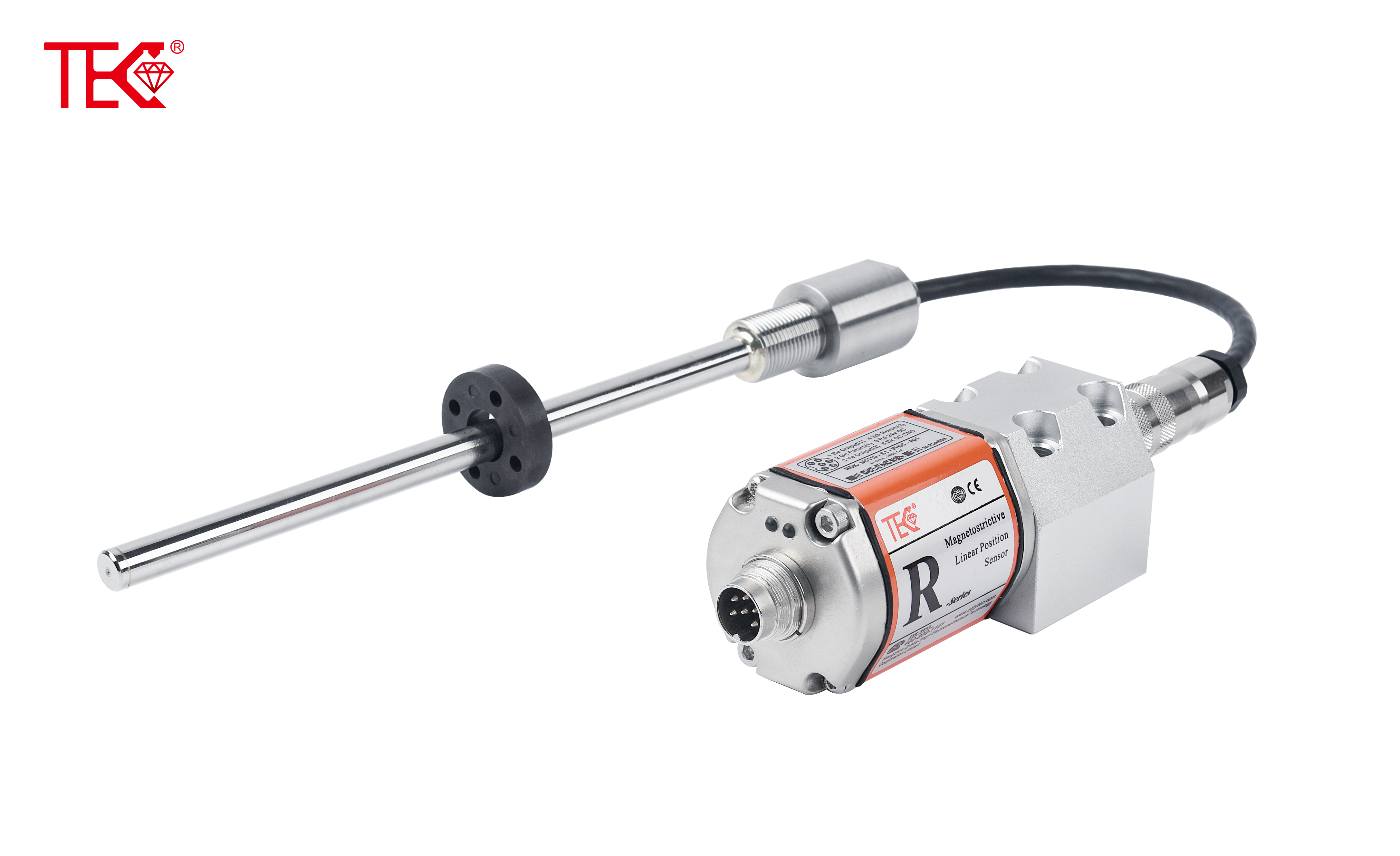
While magnetostrictive level gauges are inherently dust-resistant, proper installation and periodic maintenance ensure optimal performance over time. Regular visual inspections should include checking for excessive dust buildup around connection points and ensuring ventilation filters (if applicable) remain clean. The simplicity of the design means there are no moving parts to be affected by dust abrasion, and the electronics require minimal maintenance despite operating in challenging conditions.
Comparative Advantages Over Other Technologies
When compared to other level measurement technologies in dusty environments, magnetostrictive gauges demonstrate clear superiority. Unlike ultrasonic sensors that can be affected by dust clouds interfering with sound waves, or radar level transmitters that might require complex dust compensation algorithms, magnetostrictive devices provide consistent performance without additional adjustments. Their mechanical simplicity combined with electronic sophistication creates an ideal solution for continuous level measurement in powder and bulk solid applications where dust generation is inevitable.
Applications Across Dust-Prone Industries
Numerous industries benefit from implementing magnetostrictive level measurement in dusty conditions. Chemical processing plants handling powdered ingredients, pharmaceutical facilities managing bulk powder transfers, and food processing operations dealing with flour or sugar all utilize these robust instruments. The technology proves particularly valuable in storage silos for cement, fly ash, and other industrial powders where reliable inventory management depends on accurate level measurement despite challenging environmental conditions.
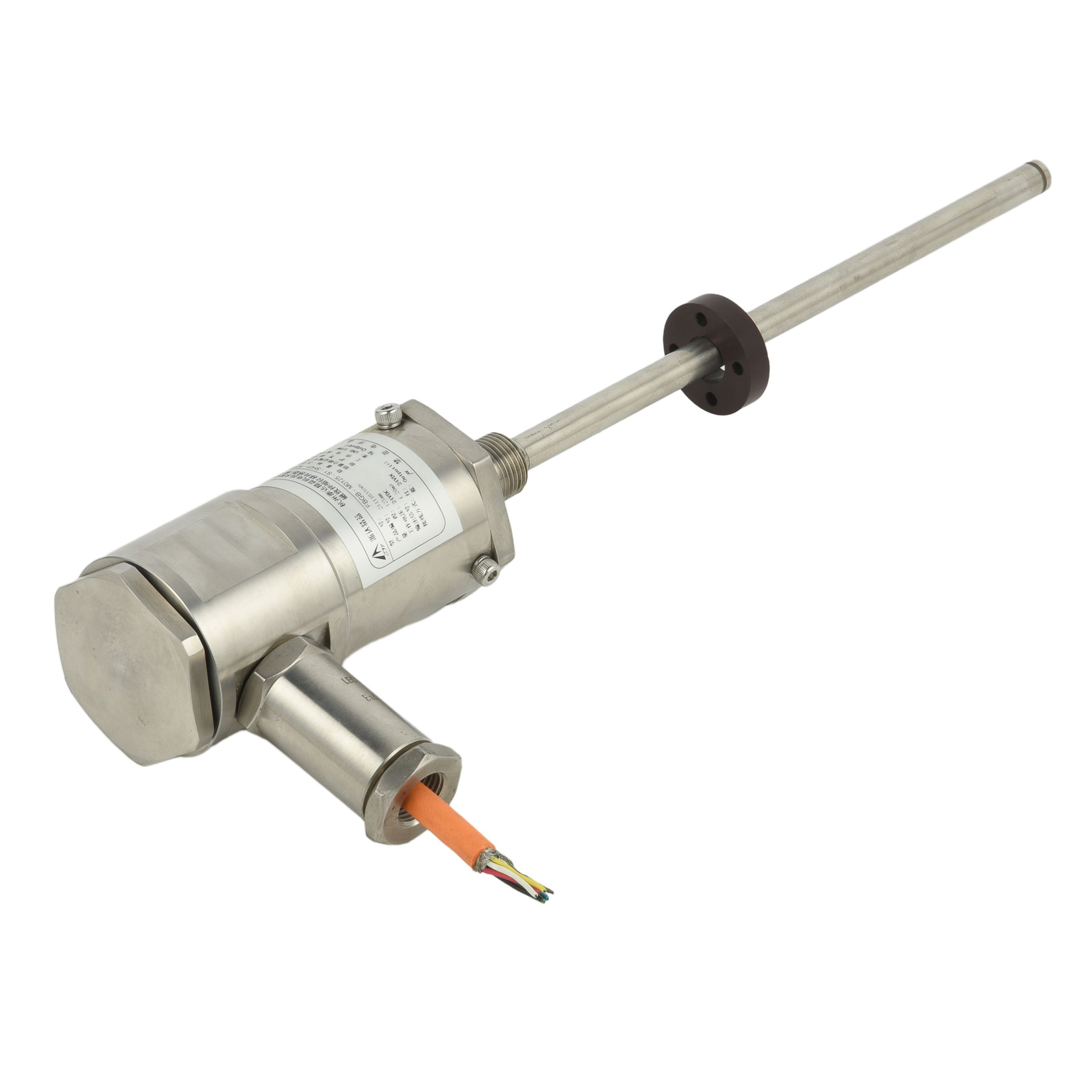 UpgradingYourLevelMeasurementS
UpgradingYourLevelMeasurementS
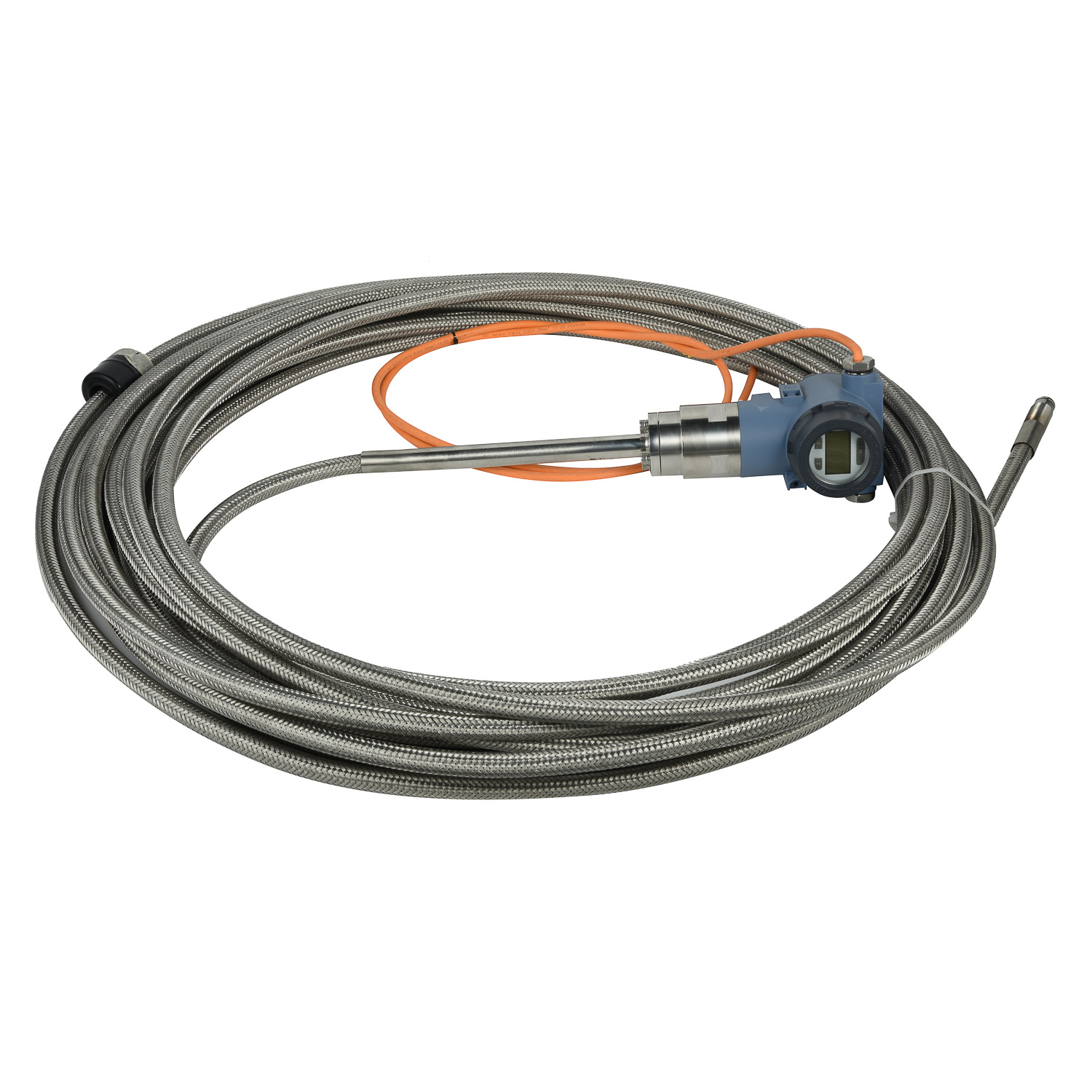 Why are magnetostrictive level
Why are magnetostrictive level
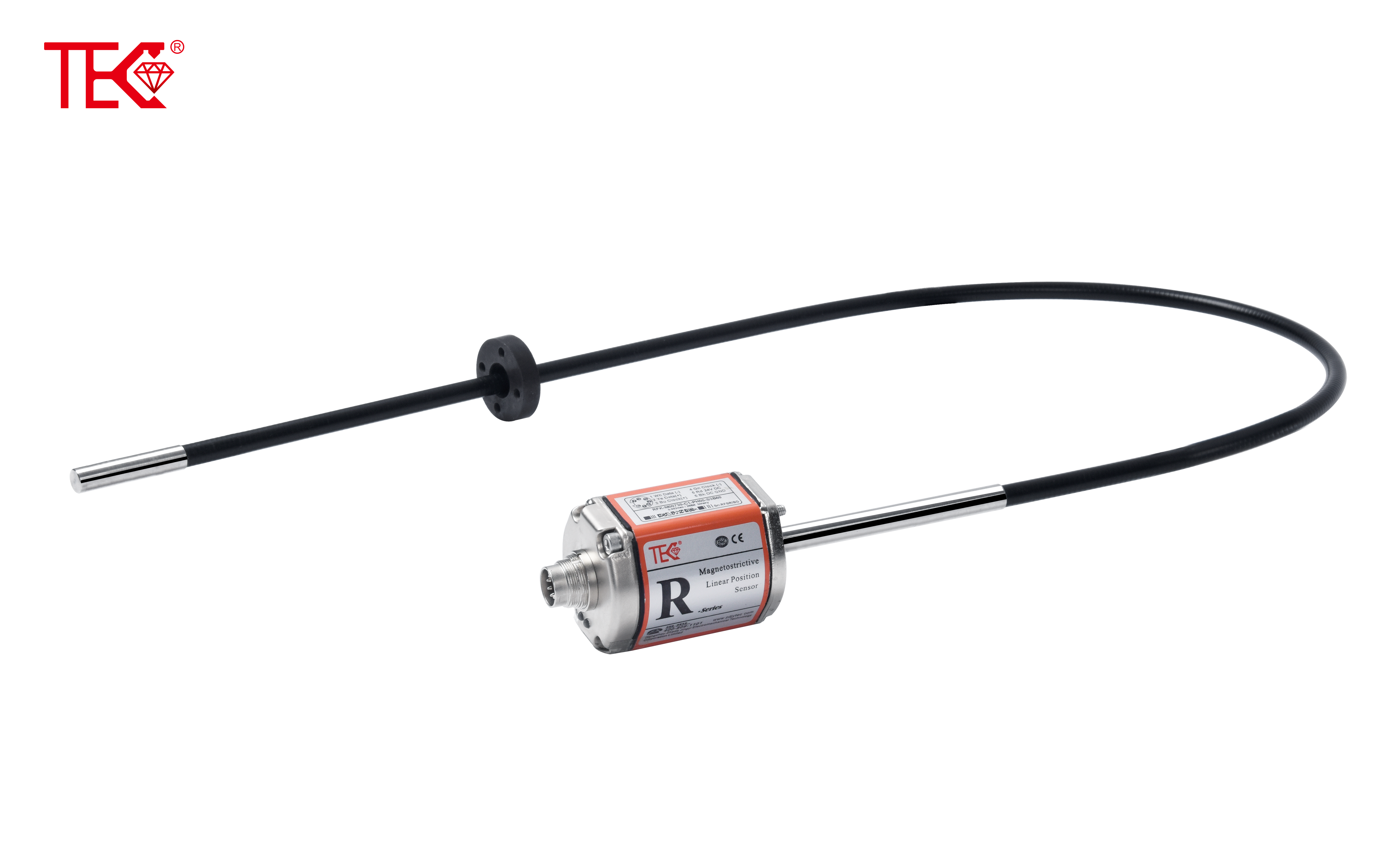 ComparingMagnetostrictiveandRa
ComparingMagnetostrictiveandRa
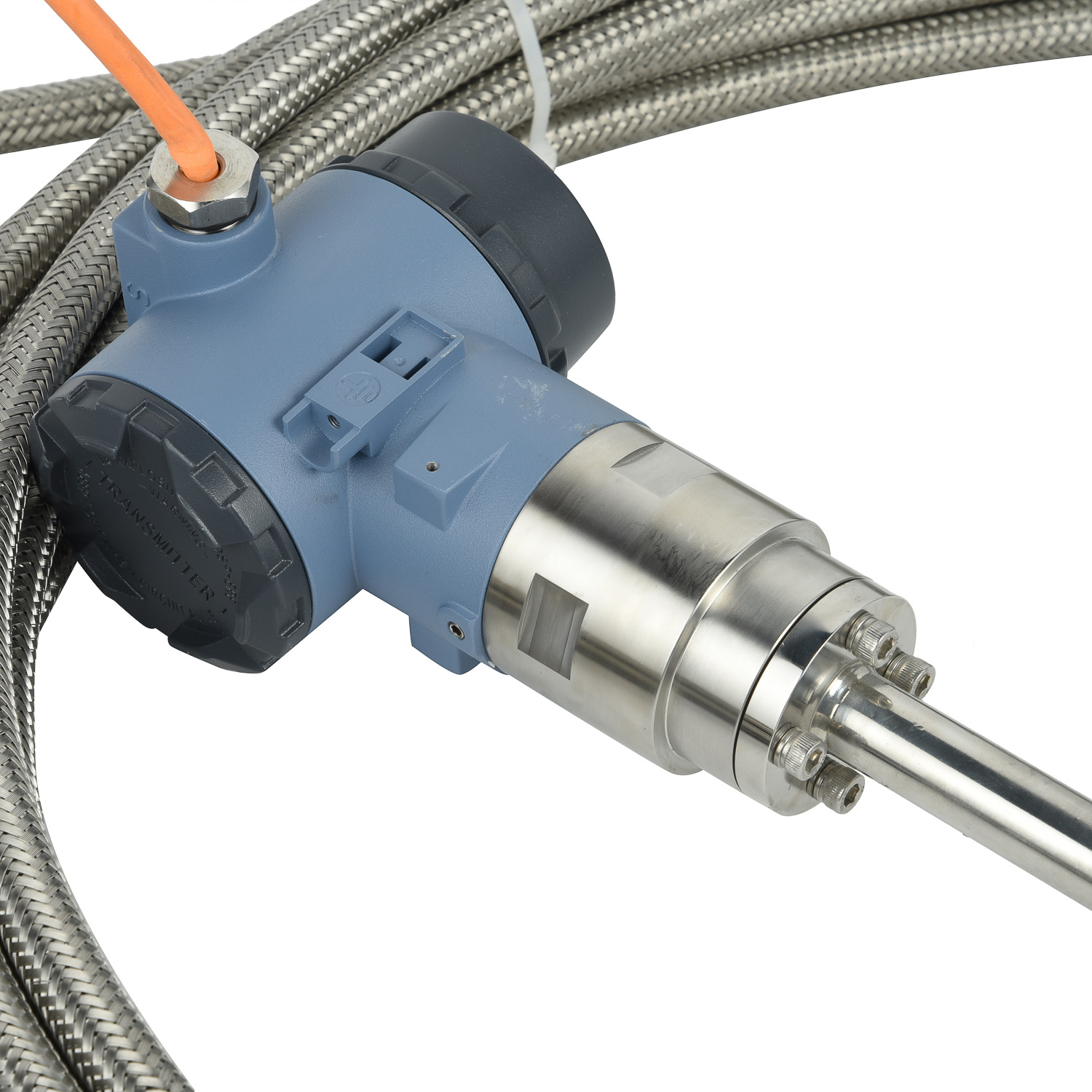 MagnetostrictiveLevelSensorfor
MagnetostrictiveLevelSensorfor
